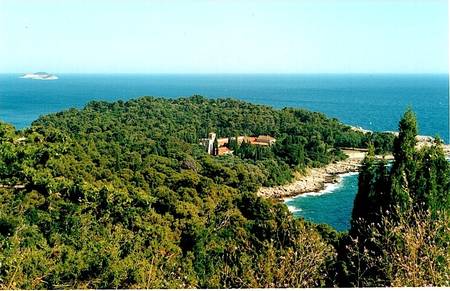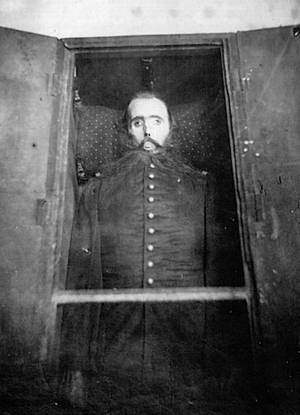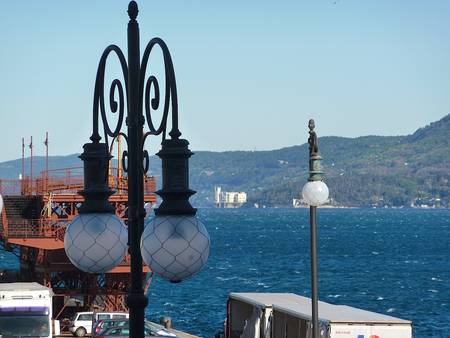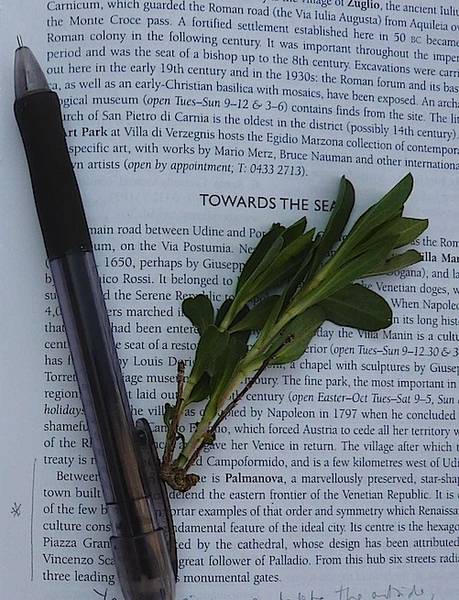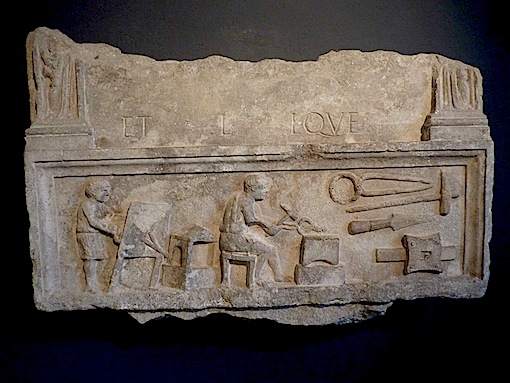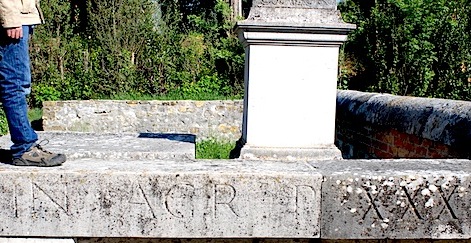Charles Freeman, ancient history consultant to the Blue Guides, reports from a recent tour.
I am not good on the Lombards. They hover in northern Italy at a time when not a lot else seems to have been going on, after the fall of the Roman Empire, and were defeated by Charlemagne, after which European civilization gets going again. Yet I had heard of a supposed Lombard chapel, the Tempietto, in Cividale del Friuli, not far from Udine, and it seemed worth visiting.
Cividale del Friuli, attractively set along each side of the river Natisone, was a Roman municipium, a foundation of Julius Caesar’s at the strategic point where two conquered tribes met and the river could be crossed. Its Roman name, Forum Julii, is said to be the origin of the modern name Friuli. The site was not only strategic, but well protected, and this must have been why it was chosen as an early Lombard capital after the Lombards arrived from the north in the sixth century. It later became the chief city of a Lombard Duchy, one of some thirty-five. In the early seventh century the representative of the king, the gastaldius regis, took up residence in the strongest part of the city, up on a cliff overlooking the river. A church dedicated to John the Baptist, a patron saint for the Lombards, was built for his use and later, in about 750, within the same fortified area, a monastery was endowed and set aside as a retreat for the unmarried daughters of the Lombard nobility. The Tempietto is now the sole survivor of this monastery.
The Tempietto is not large, with a hall about six metres square and a presbytery separated by an iconostasis with attractive early columns. The presbytery has three vaults divided by columns and is altogether more ornate than the hall, but the hall has a higher single vault that gives it an air of grandeur. The interior is well-ordered: the Norwegian scholars who have made the study of the Tempietto their life work now agree that it was built as a whole. It also seems that it was linked to the neighbouring church of St John. The most likely use was as a chapel for relics. There is a thirteenth-century report that relics were found under the altar.
Frescoes on the walls survive if only in fragments, but they show the strong influence of Byzantium with a full-frontal Christ and a Hodegetria, a portrayal of the Virgin Mary ‘who shows the way’ by pointing to her infant son. Then there is a group of saints dressed as soldiers and it appears that these are military martyrs. The only one named, St Hadrian, is known to have been a favourite of the Lombard kings and this confirms the royal connections of the Tempietto. Most intriguing of all are the six stucco statues of women on the higher level of the west wall, the survivors of twelve originals. Again the Byzantine influence is obvious: there are echoes of the figures accompanying Justinian and Theodora in San Vitale in Ravenna. The Lombards were certainly open to the reception of Byzantine models (as can be seen on their early coins) and Byzantine craftsmen may themselves have decorated the chapel.
The Tempietto is fascinating but it is only part of an array of Lombard finds that are now surfacing in the area, mostly from graves. Already the excellent Archaeological Museum in Cividale has a display of grave goods including delicately carved gold ornaments, rings and crosses. Even this year a new graveyard has been discovered and the sequence of burials show how Germanic motifs from the Lombard’s origins in northern Europe were gradually subsumed within Byzantine models. The Christian Museum has sculpture, notably the eighth-century Altar of the Duke of Ratchis, that makes the point well.
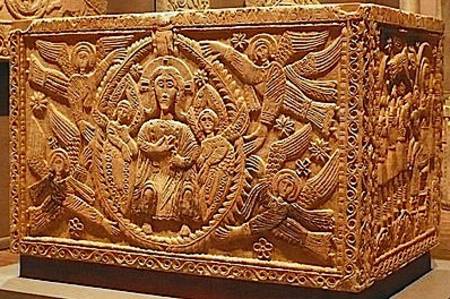
At heart, the Lombards were always a warrior culture and were spreading further into Italy as late as 751. Ravenna was captured in that year and much of central Italy was under their control until Charlemagne defeated them in 774 and took the crown for himself. There is certainly a lot more to the Lombards than I had guessed. I found their relationship with Byzantium especially intriguing.
Cividale del Friuli is covered in Blue Guide Northern Italy and Blue Guide Concise Italy







